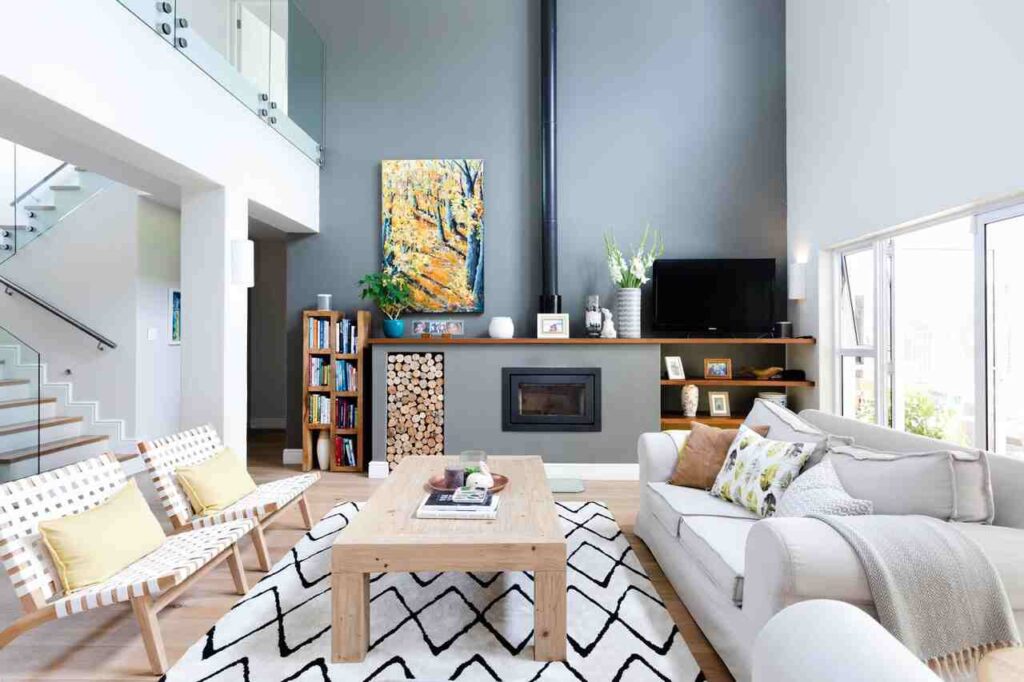It seems difficult to decorate a long living room. A long living room can become a flexible and welcoming area with careful planning and design. We’ll walk you through every stage in great detail in this all-inclusive guide, providing ideas and advice to maximize your long living room. Let’s explore the main factors and creative ideas for turning a long living room into a fashionable and useful haven.
1. Assess the Space
Measure the Room
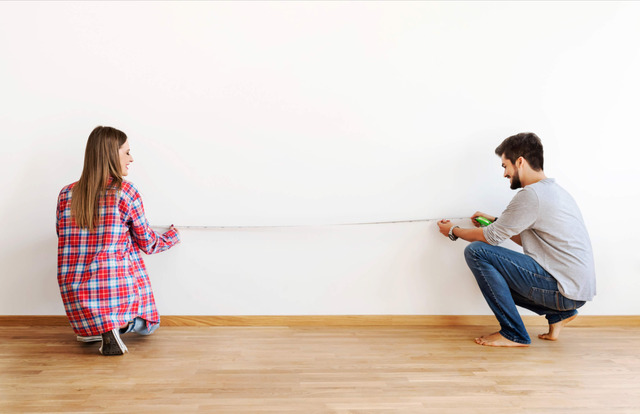
Accurate dimension measurement is the first step in decorating any space—especially a long living room. Planning furniture placement and guaranteeing everything fits proportionately depend on knowing the precise width and length of your room. To get exact measurements, use a tape measure; note these for reference. Roughly sketch the layout of the room, noting the door locations, windows, and any built-in elements. As you arrange your décor, this will help you see several layouts and guide your choices.
Identify Focal Points
Elements in a room that catch the eye and act as the centre of attention are known as focal points. Finding or establishing new focal points is crucial in a long living room. Typical focal points are fireplaces, big windows with a view, built-in shelves, or a standout work of art. Should your room lack a natural focal point, you can establish one with a big mirror, a statement piece of furniture, or a bold rug. By centering a focal point at every end of the room, one can help to balance the space and avoid its too linear character.
2. Create Zones
Living Area
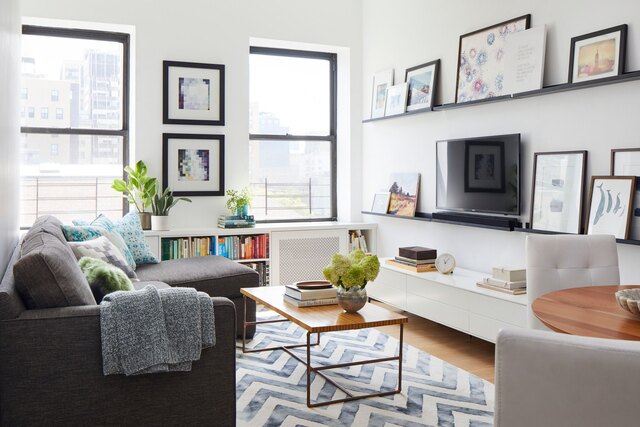
Dividing a long living room into several areas helps to create more intimacy in it. Begin by deciding which area of the room should be the main seating space. Usually including a sofa, armchairs, a coffee table, and maybe a media console depending on your TV, this area will arrange the furniture to form a comfortable gathering place for a conversation. Rather than forcing the sofa against the wall, floating it in the middle of the room will help define this area and create more deliberate feeling. Anchor the seating configuration and create a visual barrier with an area rug.
Secondary Area
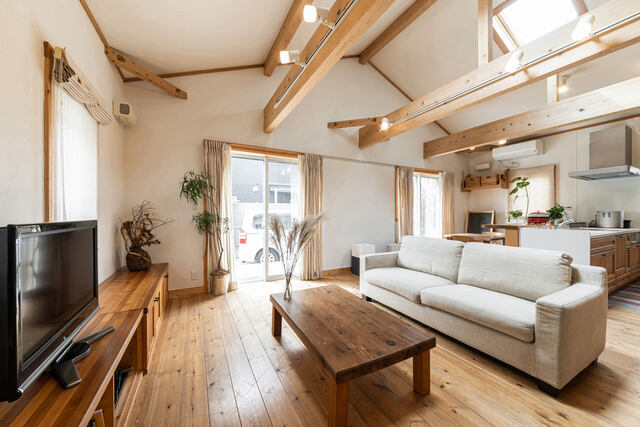
The remaining area might be used for a reading nook, a home office, a dining room, or even a children’s play area. This divides the long expanse and adds interest in addition to optimising the use of the room. If you decide to establish a reading nook, for example, set a cosy armchair or chaise lounge in a well-lit corner next to a side table and floor lamp. Alternatively, a little dining table with chairs can be used for informal dining or workspace. The secret is to pick a purpose that improves the general usability of the room and fits your way of life.
Use Rugs
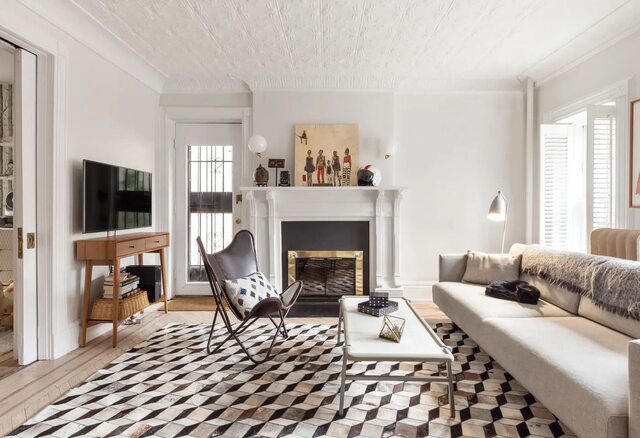
A great tool for defining several areas inside a long living room is a rug. Along with defining areas, they provide warmth, texture, and visual interest. Choose rugs fitting for every zone based on size. A bigger rug covering all the furniture pieces will help the seating area to look coherent. Smaller rugs can be placed in secondary zones to draw attention to particular areas, such under a dining table or reading chair. To keep a harmonic flow across the room, make sure the rugs accentuate one another in color and design.
3. Furniture Placement
Floating Furniture
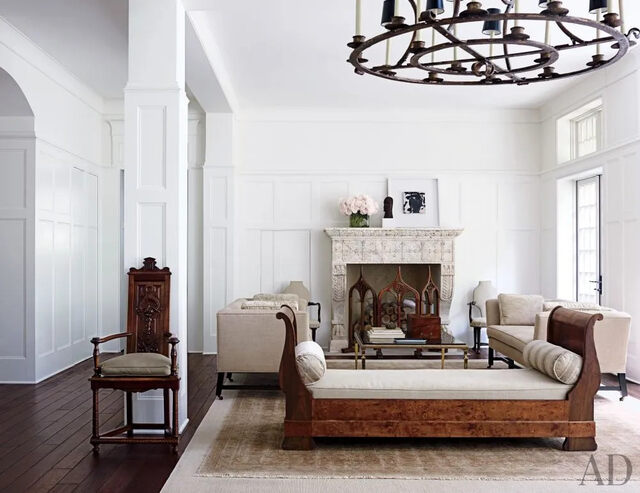
Floating furniture is putting furniture pieces more centrally inside the room and away from the walls. In long living rooms especially, this method helps create separate areas and keeps the space from feeling like a corridor. Start in the middle of the room with the major seating pieces the sofa and armchairs. Arrange a coffee table within reach and think about including side tables for extra use. This layout not only encourages more interaction and communication but also helps the room to seem cozier and more inviting.
Sectional Sofas
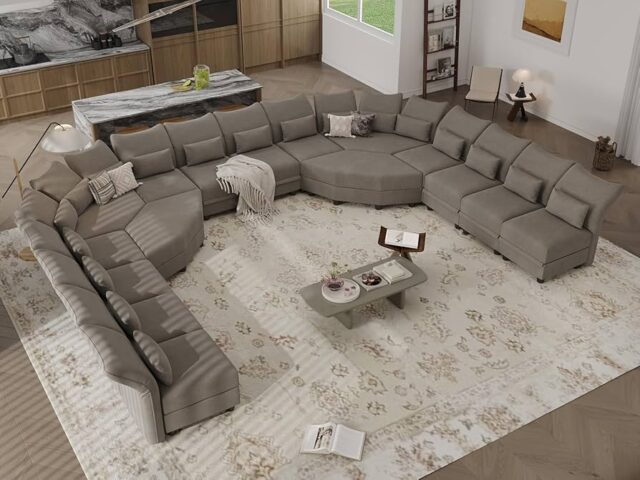
For a long living room, a sectional sofa might be quite a good option. Its L-shaped or U-shaped arrangement provides enough of seating for family and guests and naturally defines the seating area. To aesthetically split the room, place the sectional perpendicular to its length. This orientation directs traffic around the seating area rather than through it and produces a more personal environment. Add a coffee table, an area rug, and extra seating—such as ottomans or accent chairs to accentuate the sectional.
Symmetry and Balance
In a long living room, achieving symmetry and balance will help it seem orderly and aesthetically appealing. Create harmony with furniture by arranging pairs of pieces. For instance, arrange identical lamps on each end of a console table or match chairs on either side of the sofa. This method improves harmony in the space as well as visual attractiveness. Make sure furniture is arranged so that the layout balances from end to end, so avoiding one side of the room feeling heavier or more cluttered than the other.
4. Lighting

Layered Lighting
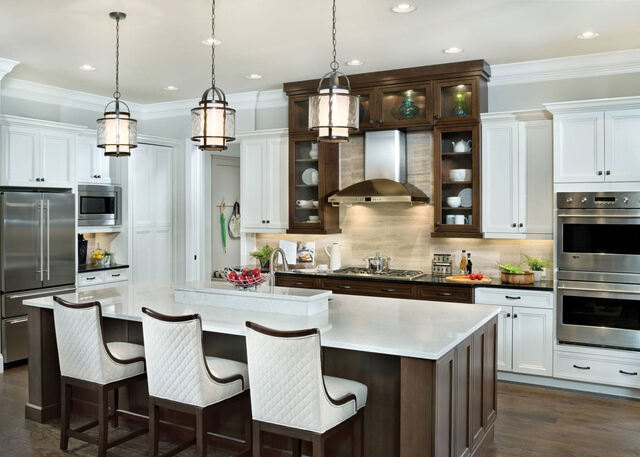
Any living room should have a warm and inviting environment created by appropriate lighting. Incorporating several lighting sources will help to guarantee that a long living room is well-lit all around. To create a balanced illumination, layered lighting uses floor lamps, wall sconces, overhead lights, and table lamps in concert. For general lighting, start with a central overhead fixture such as a chandelier or pendant light. Add floor and table lamps then to provide task lighting and create a warm environment. One can emphasize particular architectural details or areas by means of wall sconces.
Highlight Zones
Every area of the long living room should have separate, purposeful lighting. To offer reading light for the main seating area, think about putting a floor lamp next to the sofa or armchairs. If you have a secondary area—a reading nook or a dining table—make sure the lighting fits it. These spaces might be useful and inviting with a pendant light across the dining table or a desk lamp on a writing desk. You give the room direction and contrast by stressing each zone with its own lighting.
5. Color Scheme
Cohesive Colors
A harmonic and aesthetically pleasing long living room depends on a coherent color palette. Choose a color scheme that connects the several areas and components in the space. Starting with a neutral base color for the walls such as white, beige, or light gray consider These hues create a flexible backdrop and help the room seem more roomy. Then add accent colors via accessories, fabrics, and furniture. Create a harmonic and coherent appearance using complementary colors. For a soothing effect, for instance, you might choose blues and greens if your base color is neutral.
Accent Walls
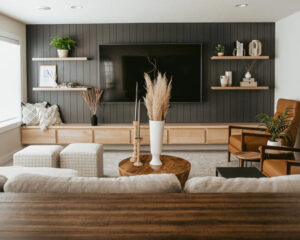
Making an accent wall will help a long living room to have more depth and interest. Think about changing one of the shorter walls a different color or applying bold patterned wallpaper. This method visually shrinks the room’s length and highlights the accent wall. Choose an accent color or pattern such that it accentuates the room’s overall look and complements the color scheme. Artwork, a gallery wall, or a statement piece of furniture can all be set against an accent wall.
6. Decor and Accessories
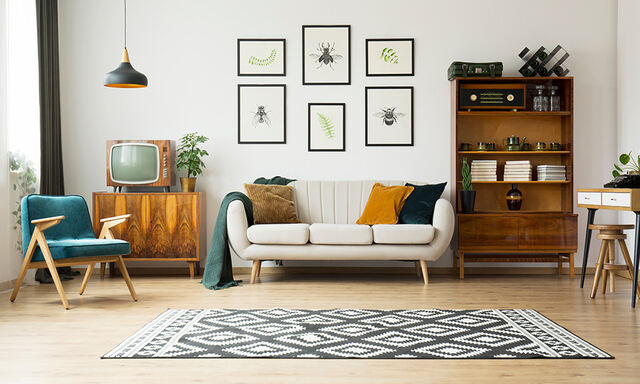
Artwork and Mirrors
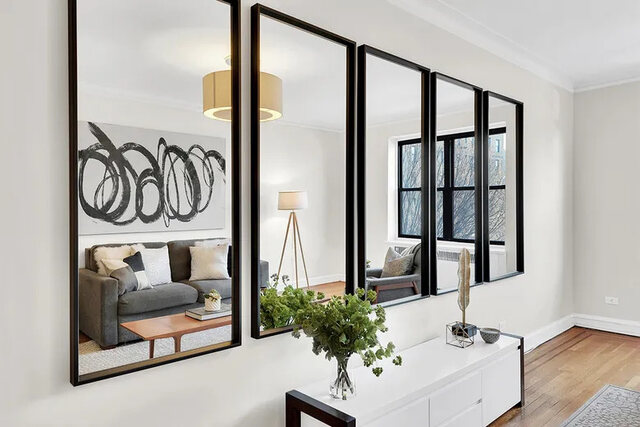
A long living room needs artwork and mirrors to provide character and flair. Big works of art can provide the walls visual appeal and focal points. Select artwork that accentuates the color scheme of the room and captures your taste. Long living rooms benefit especially from mirrors since they reflect light and give the impression of a larger space. Either use a collection of smaller mirrors set in a pattern or place a big mirror on one of the longer walls.
Bookshelves and Storage
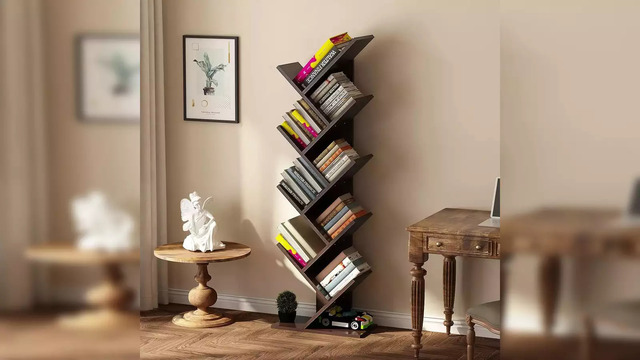
Including shelves and storage options into your long living room will improve its organisation and use. Bookshelves give a spot to show books, trinkets, and decorations as well as personal items. They can also be room divisers, gently separating several areas. Choose open shelves to keep the area feeling airy and light. Look at furniture items with built-in storage for extra space, such a console table with drawers or a storage ottoman. Maintaining clutter will guarantee the room feels clean and roomy.
Plants

Including plants into your long living room gives the area vitality and freshness. Apart from enhancing the quality of the air, plants provide texture and color. To provide visual appeal, arrange several sized plants in different ways. Tall plants that draw the eye upward and fill vertical space include fiddle leaf figs or snake plants. Smaller plants succulents or potted herbs can be arranged on windowsills, side tables, or shelves. For a coordinated look, think about using chic pots and planters that accentuate your décor.
7. Flooring
Consistent Flooring
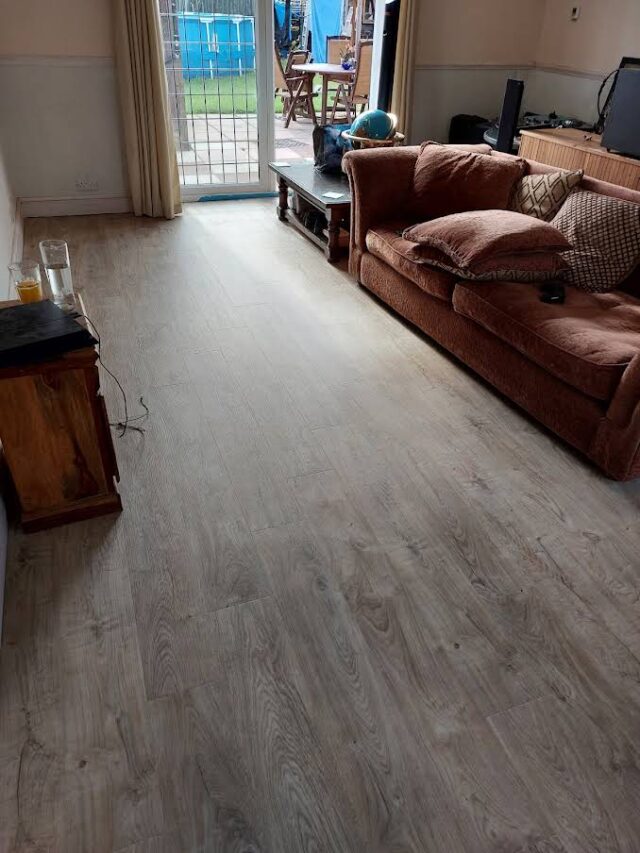
The long living room looks unified and coherent when flooring is consistent. Maintaining the same flooring material whether you’re preferred is hardwood, laminate, carpet, or tile guarantees a flawless flow. Use area rugs to move between zones if you would want different flooring for each. A big area rug might define the seating area, for instance, while a smaller rug might draw attention to a dining room or reading nook. To keep visual harmony, make sure the rugs match in color and style.
Diagonal Patterns
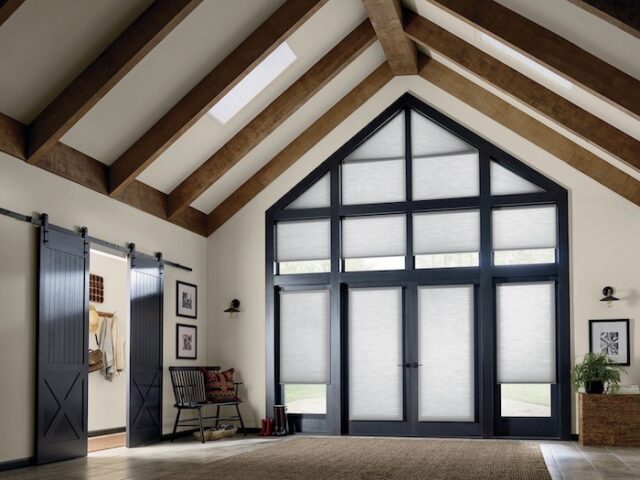
One artistic way to visually cut the length of a long living room is to lay flooring in a diagonal pattern. Diagonal patterns give depth and interest by guiding the eye across the space instead of along its length. This method looks great on tile, hardwood, even patterned carpet. Should a large diagonal rug or furniture arrangement at angles help to break up the linearity of the room, then horizontal flooring is not a choice.
8. Windows and Treatments
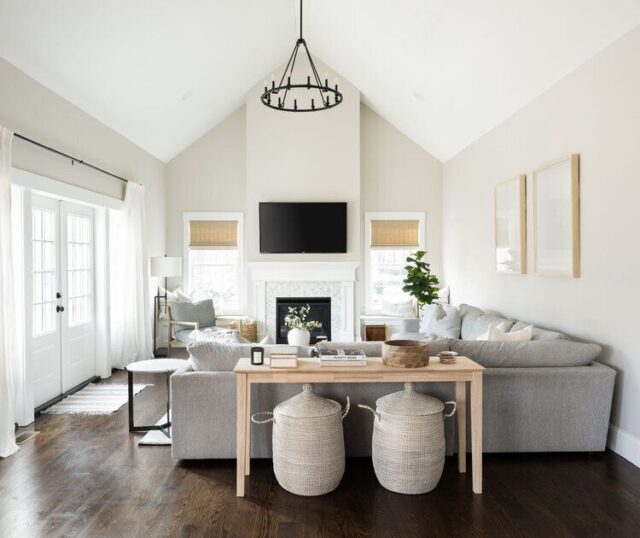
Unified Treatments
The general look and feel of a long living room depends much on the window treatments. Appearing coherently and polished results from using the same kind of window treatments all around the room. Floor to ceiling curtains give the room more height and drama, so enhancing its spaciousness. Select curtains or drapes in a hue or pattern that accentuates your overall color palette. If you want blinds or shades, make sure they match in color and style to keep things looking consistent.
Light Control
A comfortable and inviting environment depends on the degree of natural light entering the room being under control. To control light and offer privacy as needed, use curtains, shades, or blinds. While blackout curtains are perfect for media areas or when you need total darkness, sheer curtains can soften the light and add an ethereal quality. For extra adaptability and style, think about stacking window treatments. To get both utility and visual appeal, for instance, mix blinds with curtains.
9. Furniture Scale and Proportion
Appropriate Sizes
To create a harmonic and balanced environment in your long living room, you must choose furniture scaled for that space. Steer clear of large objects that would overwhelm the space or small objects that seem lost in the distance. Choose furniture that fits naturally in every zone so that there is lots of movement and flow. Before you buy, measure every item to be sure it fits your room’s dimensions. Make sure the seating area provides enough room for people to comfortably move about without feeling confined.
Proportional Layout
Keeping proportionality in your furniture arrangement guarantees that every area seems harmonic and coherent. To prevent a lopsided appearance, divide furniture fairly around the room. If you have a big sofa on one side, for instance, balance it with heavy furniture on the other side a console table or a pair of armchairs. This method strikes a balance and keeps one end of the room from feeling more crowded or weighted than the other.
10. Personal Touches
Unique Decor
A long living room really feels like home thanks in great part to personal touches. Add unusual decor pieces that capture your style and character. To add your unique personality to the space, display family pictures, travel mementos, or hand-made artwork. Personal décor pieces give the room warmth and significance, so enhancing its inviting and livability. Combining several textures, colors, and styles will produce a layered and eclectic look that is especially yours.
Seasonal Decor
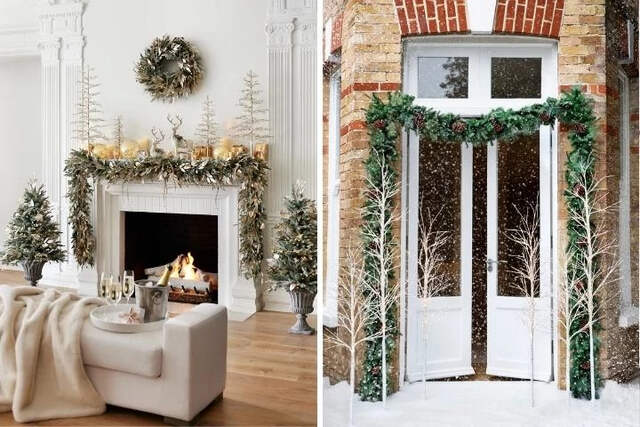
Changing seasonal décor for your long living room will help it to feel fresh and inviting all year long. Change pillows, throws, and accessories to capture the season of right now. For spring and summer, for instance, choose light and airy fabrics; in autumn and winter, substitute cozy and warm textiles. Add seasonal colors and patterns, such rich, earthy tones in autumn or floral designs in spring. These little adjustments can have a significant impact and keep your living room looking current and fashionable.
Decorate a Long Living Room – Video Guide
Conclusion
Decorating a long living room calls both careful planning and deliberate design decisions. Your long living room will look great and be useful if you evaluate the space, create separate areas, use proper furniture placement, include layered lighting, and add personal touches. Remember the secret is to keep harmony and cohesiveness while letting every zone have its own character. These thorough guidelines and imaginative ideas will help you to create a beautifully decorated long living room that is also useful.
See Also: Smart Space Solutions: How to Fit a Dining Table in a Small Living Room

